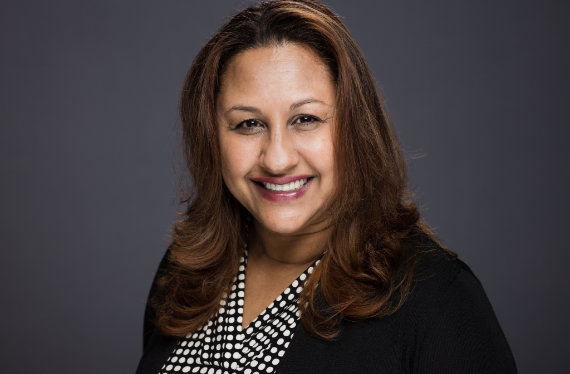University of Cincinnati Assistant Professor Minjin Kim Combats Stereotypes and Healthcare Disparities
 “My first dream as a child back when I was in kindergarten was to become a nurse,” University of Cincinnati Assistant Professor Minjin Kim tells Lawana Brown, assistant professor at Regis College. When she was 17, Kim left South Korea and moved to the United States, volunteering at a hospital in Denver. “I had no family members, I had no mentors here. So, I came here by myself and I had no mentor in the nursing area at the time. But when I went to the Korean Catholic church, there was a nursing professor at University of Colorado and she inspired me about what nursing is in the U.S.., how wonderful it is.”
“My first dream as a child back when I was in kindergarten was to become a nurse,” University of Cincinnati Assistant Professor Minjin Kim tells Lawana Brown, assistant professor at Regis College. When she was 17, Kim left South Korea and moved to the United States, volunteering at a hospital in Denver. “I had no family members, I had no mentors here. So, I came here by myself and I had no mentor in the nursing area at the time. But when I went to the Korean Catholic church, there was a nursing professor at University of Colorado and she inspired me about what nursing is in the U.S.., how wonderful it is.”
Yet Professor Kim also discovered the disparities Asian Americans experience in healthcare. For example, she notes that if you look at the national data, Asian populations have the lowest rates of HPV and HPV associated cancer groups but sub-groups such as Cambodian, Vietnamese, Hmong, and Korean actually have a high incidence of cervical cancer. Yet often, healthcare providers look at the national data and tell their patients that they’re not prone to cervical cancer.
Since the start of the pandemic, Asian Americans have also been increasingly subject to episodes of virulent racism. Last summer, Professor Kim led a workshop with an Asian student group and asked since COVID, if they had been told to go back where they came from, been concerned about physical safety in public, or been worried about whether they would be harassed just for wearing a mask. To all these questions, every student answered yes.
“My former students started reaching out and other students and community members reach out to me about bullying and name calling like ‘Coronavirus’ and coughing behind them and spitting on them,” she recalls. “I mean racism and discrimination has always been there toward Asian populations but people are being silent about their experiences I can share with you about different types of silence my storytellers experienced and shared.”
Professors Kim and Brown share a common bond in the therapeutic way they use storytelling. Their conversation begins with Professor Kim’s compelling personal story…



